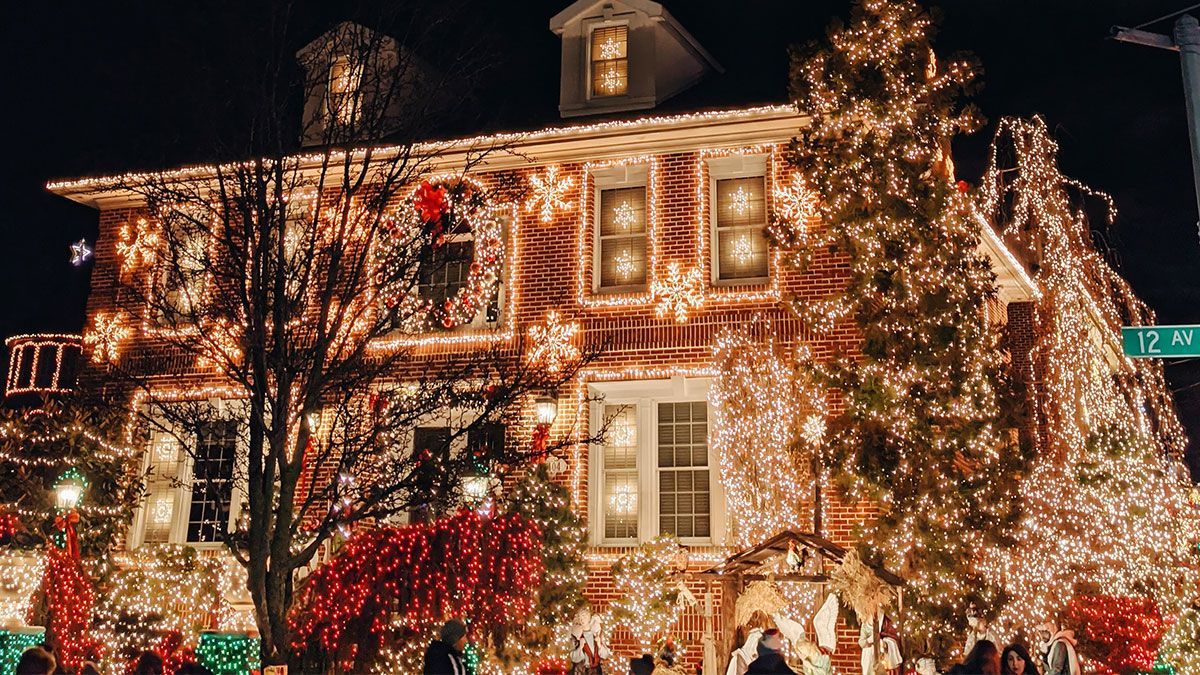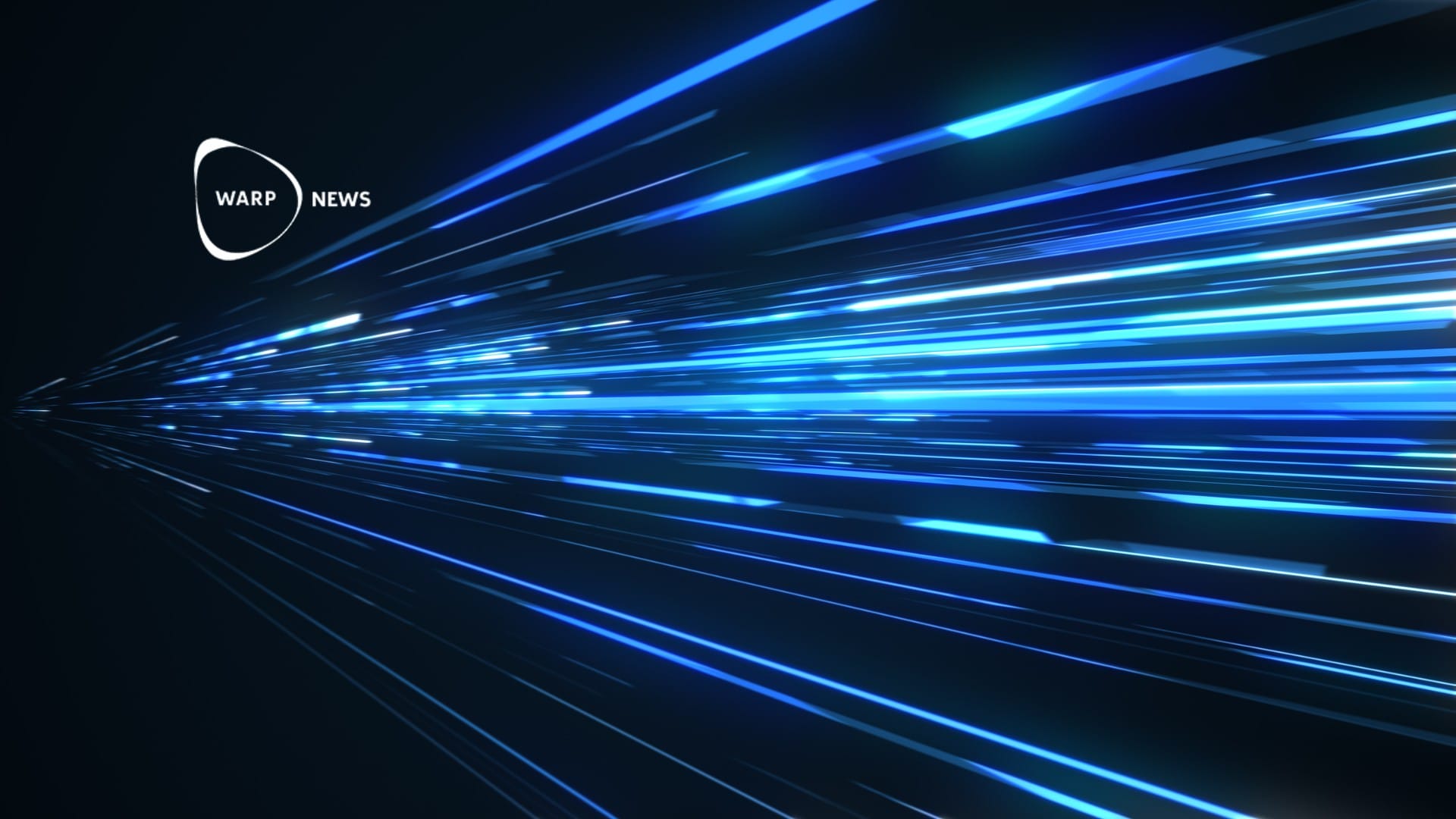
🎄 Next generation light bulbs mean brighter X-mas in the future
A new lighting technology can give us more environmentally friendly lighting and can cover large areas instead of just a small point, like today's lamps do.
Share this story!
The old style of light bulbs has been relegated to the past, replaced by LED lamps, but researchers are developing the next generation of lighting, LEC. LEC stands for Light-emitting Electrochemical Cells and the new thing about them is that you can print them into large shapes.
The result is a whole illuminated surface instead of just at one point as with LED lights. Something that, for example, can brighten up future Christmases even more.
"A possible area of use is printed labels. For example, you can imagine illuminated Christmas cards, Christmas balls and stars. You can also imagine a pattern on the Christmas gift wrap that lights up under the Christmas tree", says Christian Larsen, research engineer at Umeå University and one of those who do research at LEC, in a press release.
But what really makes researchers interested in LEC is its environmental benefits.
"The biggest advantage of LECs is from a life cycle perspective, as they can be manufactured without metals and other harmful substances in an energy efficient way. A lot of effort is therefore currently being spent on using and developing "green" materials for LECs that are biodegradable", says Petter Lundberg, physicist at Umeå University and one of those who do research at LEC.
On top of that are new design possibilities provided by LEC. For example, it is possible to create entire wallpapers or curtains using LEC.
"An LEC is a thin and flexible light source that consists of electrically conductive carbon-based materials. It is operated at a low voltage and emits light from a surface instead of a point like traditional light sources, such as light bulbs and LED lights. This provides completely new design possibilities for lighting where you can create light from shapes and surfaces that were not possible with old technology", says Petter Lundberg.
By becoming a premium supporter, you help in the creation and sharing of fact-based optimistic news all over the world.


